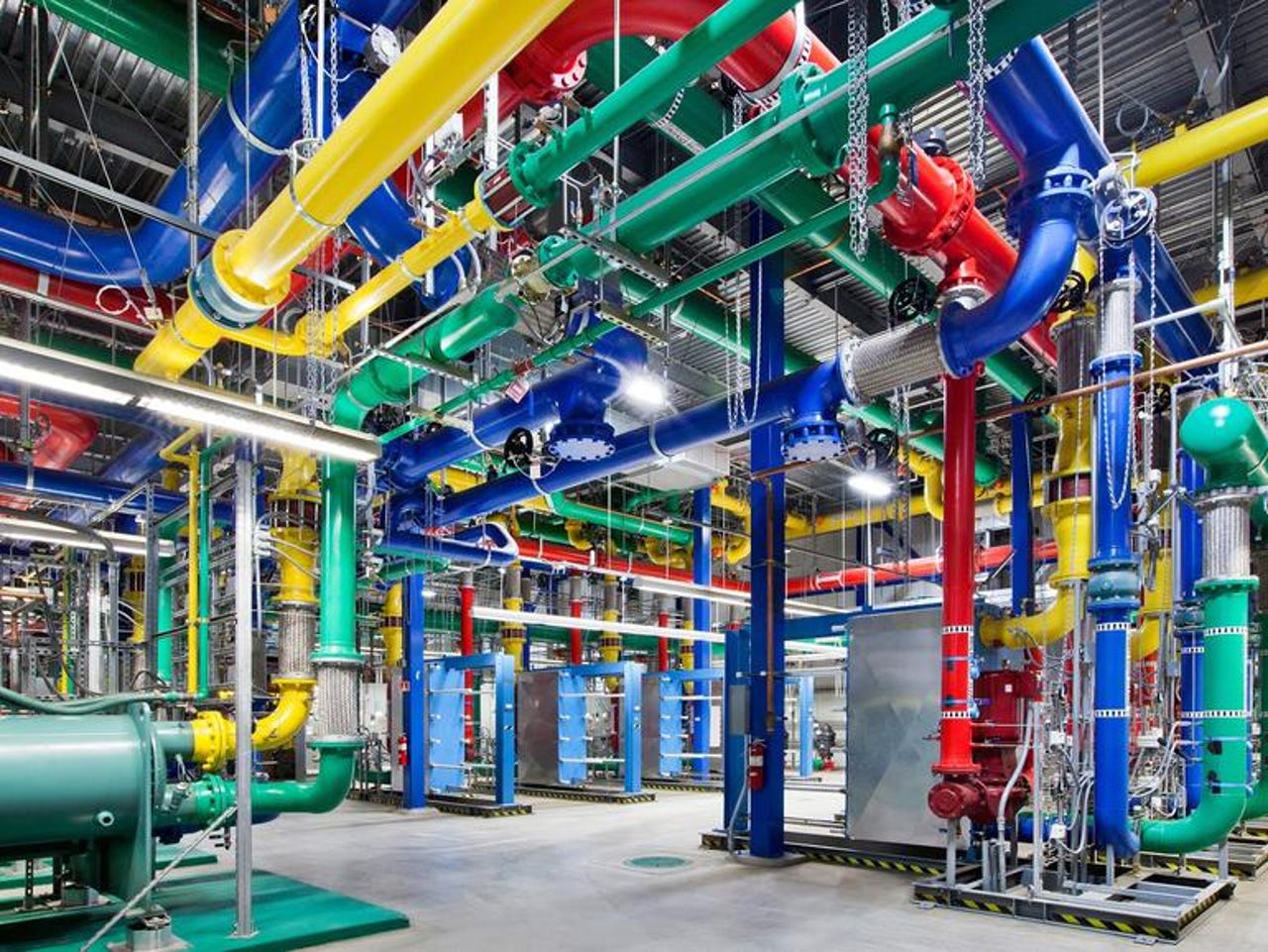Google, Facebook pause rivalries: Here's their 48V power-saving rack spec for Open Compute Project


Google and Facebook see a mutual benefit in sharing equipment designs optimized for their hyperscale datacenters. (Image: Google)
Google and Facebook have set aside rivalries to jointly develop a standard design for server equipment for both firms' datacenters.
The Open Rack v2.0 Standard for Google's 48V rack specification is Google's first major contribution to the Open Compute Project (OCP), which shares custom hardware designs among its members so they can build more efficient datacenters.
Although Google and Facebook are jostling for world dominance in online advertising, the companies see a mutual benefit in sharing equipment designs that are optimized for the so-called hyperscale datacenters that they operate.
The companies collaborated on the new server rack standard, which specifies a "48V power architecture with a modular, shallow-depth form factor that enables high-density deployment of OCP racks into datacenters with limited space".
When Google joined OCP in March, it said its first contribution would be its 48V rack design. Google began developing this independently in 2010 and claims it is 30 percent more energy-efficient than its legacy 12V power designs. According to Google, it saved "millions of dollars and kilowatt hours" after making the switch.
If Google's 48V power design is adopted, it will replace the current Open Rack specification based on a 12V design developed by Facebook engineers.
Google notes the new standard includes designs for 48V power shelves, rectifiers, rack management controllers, and battery backup units. The standard has been published now to offer OCP members a chance to review before it is submitted to the OCP Foundation later this year.
Once a design is adopted by OCP, members can ask qualified manufacturers such as Nokia, Wiwynn, Quanta, or other partners to produce the equipment.
OCP started out as a Facebook-led initiative that open-sourced its custom hardware designs for the datacenter. Members now also include Goldman Sachs, Deutsche Telekom, Intel, IBM, and Microsoft, which has deployed OCP standard hardware to support Azure, Office 365, Bing, and Xbox Live.
Read more on the Open Compute Project
- Open Compute Project: Gauging its influence in data center, cloud computing infrastructure
- Google Cloud Platform's 3 keys to the roadmap: Data center, security, containers (TechRepublic)
- Microsoft submits new open-sourced networking components to Open Compute Project
- Facebook outlines new server design for Open Compute Project
- AppliedMicro's ARM servers head to X5 platform chasis design compliant with Open Compute Project
- Google joins Open Compute Project, contributes 48V rack
- Seagate launches 10GBps flash drive that's Open Compute Project compatible
- Open Compute Project enlists AT&T, Verizon while growing telco support